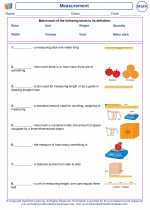Sequences of Numbers
A sequence is a list of numbers that follow a specific pattern. Each number in a sequence is called a term. There are different types of sequences, including arithmetic sequences, geometric sequences, and more complex sequences.
Arithmetic Sequences
In an arithmetic sequence, each term is obtained by adding a constant value to the previous term. This constant value is called the common difference. The general form of an arithmetic sequence is:
a1, a1 + d, a1 + 2d, a1 + 3d, ...
Where a1 is the first term and d is the common difference.
Geometric Sequences
In a geometric sequence, each term is obtained by multiplying the previous term by a constant value. This constant value is called the common ratio. The general form of a geometric sequence is:
a1, a1 * r, a1 * r2, a1 * r3, ...
Where a1 is the first term and r is the common ratio.
Finding the nth Term of a Sequence
To find the nth term of an arithmetic or geometric sequence, you can use the following formulas:
For arithmetic sequences: an = a1 + (n - 1)d
For geometric sequences: an = a1 * r(n-1)
Where an is the nth term, a1 is the first term, d is the common difference for arithmetic sequences, and r is the common ratio for geometric sequences.
Understanding sequences of numbers is important in mathematics and can be applied to various real-world situations, such as financial planning, population growth, and more.
.◂Math Worksheets and Study Guides First Grade. Measurement
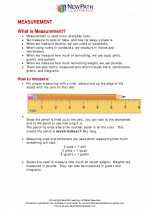
 Activity Lesson
Activity Lesson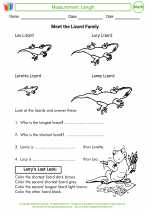
 Activity Lesson
Activity Lesson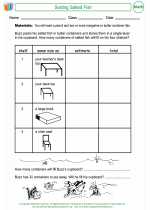
 Worksheet/Answer key
Worksheet/Answer key
 Worksheet/Answer key
Worksheet/Answer key
 Worksheet/Answer key
Worksheet/Answer key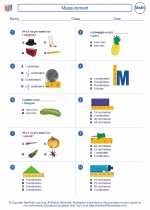
 Worksheet/Answer key
Worksheet/Answer key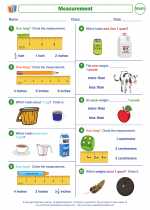
 Worksheet/Answer key
Worksheet/Answer key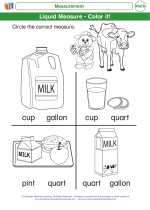
 Worksheet/Answer key
Worksheet/Answer key
 Worksheet/Answer key
Worksheet/Answer key
 Worksheet/Answer key
Worksheet/Answer key
 Worksheet/Answer key
Worksheet/Answer key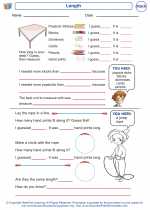
 Worksheet/Answer key
Worksheet/Answer key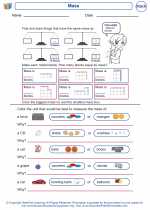
 Worksheet/Answer key
Worksheet/Answer key
 Worksheet/Answer key
Worksheet/Answer key
 Vocabulary/Answer key
Vocabulary/Answer key
 Vocabulary/Answer key
Vocabulary/Answer key